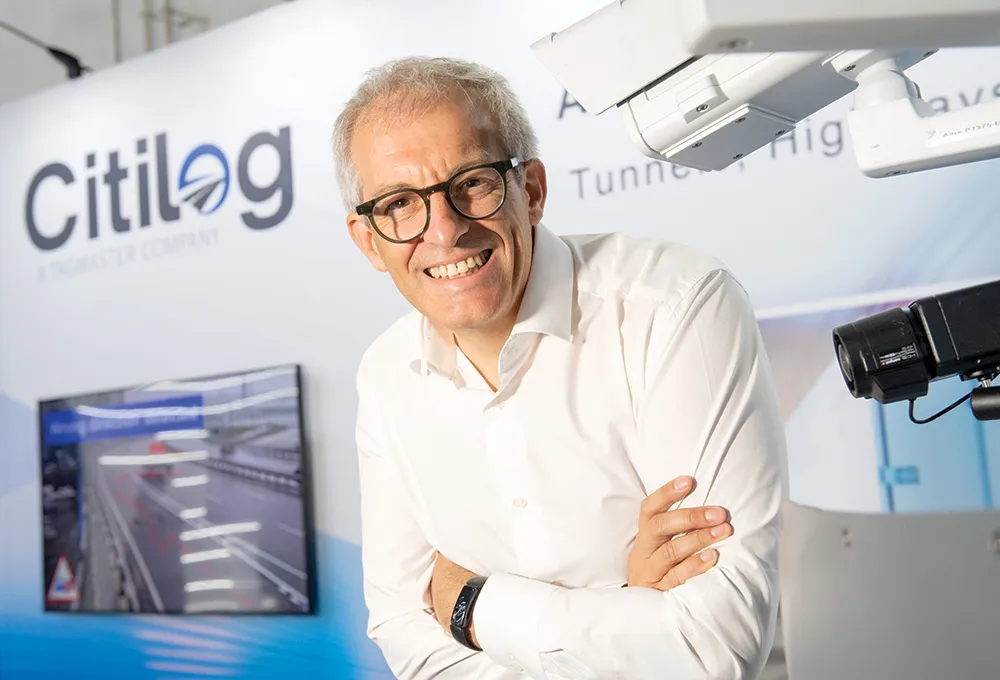
Expanding its range of offerings from the highway into the city, at this year’s ITS World Congress in Bordeaux
To respond to the rising demand for connectivity and better traffic management, Kapsch will also highlight its V2X application and its integrated traffic management solutions. Recently the company successfully demonstrated so called Automatic Emergency Braking (AEB) where a vehicle using Kapsch 5.9 V2X technology can autonomously detect and prevent an intersection collision with pedestrian. A further successful project with Kapsch V2X technology was the test for truck platooning with RelCommH research project in Sweden.
To respond to traffic incidents and emergency situations more effectively, Kapsch has developed the traffic management iPad app that aids on-road emergency personnel in responding to and clearing incidents along roadways.
As the provider of high performance toll collection solutions business around the globe, Kapsch will also showcase its innovation in multi-lane free-flow traffic with its next-generation classification system that can detect, track, trigger, and classify vehicles in real time and in all traffic conditions and weather environments with no embedded roadway sensors.










